The joy of life drawing is its directness, when you are in the life room, drawing from the human figure it is just you and the model, and how you draw in response their poses. However, contained in this dynamic is every problem you will face with looking. Life drawing defies preconceived ideas of the human body by challenging you to see the model as they are, rather than how you imagine them to be, in doing so, it creates a stimulating environment where sensation, perception and imagination can grow.
Those with prior experience of figure drawing often note the learning opportunities that are afforded, effectively improving your core drawing skills whilst fostering creativity. However, these same people will often note that when drawing from the human figure your drawing skills are never ‘mastered’, as both you and the model change, meaning the way you see the world today will not be the same as you see it tomorrow. As an art tutor I have found that any artist who has spent time in the life room, will face the same set of problem when drawing from the human figure. This will enviably lead you to spending a lot of time thinking about how you can improve your ability to observe and then draw. For developing your perceptual skills is key to your understanding of form, perspective, proportion and tone.
To shift to a more robust approach to life drawing, one that will enable you to persist through different drawing challenges, it is important to develop your understanding of proportion and measurement. A Guide to Observational Measuring, Part One, is available from here and outlines different approaches to measuring that will support you to get to grips with measuring proportion. In this blog I will build on this by drawing your attention to different techniques that will train your eye to clearly see proportion, angles, and relationships in the human figure. Although each approach is described separately, they can be intermixed as needed. You may find one of the techniques easier than another, so give them all a try until you settle on the method(s) that work for you and help you to see more objectively.


